Facilities managers know all too well that maintaining quality while controlling costs is a balancing act that requires more than just luck—it demands strategy. Without careful planning, even a well-intended maintenance budget can spiral out of control, leaving facilities managers scrambling to address urgent repairs with limited resources.
But the good news? With the right approach, it’s entirely possible to achieve exceptional outcomes without draining your budget. Whether you’re maintaining a school, office building, or healthcare facility, these strategies will help you confidently navigate the complexities of budgeting for maintenance.
The maintenance budget basics
Before exploring cost-saving strategies, it’s important to understand what makes up a solid maintenance budget. At its core, a maintenance budget outlines the costs of keeping your facility in top condition. These costs generally fall into preventative maintenance, emergency repairs, routine upkeep and capital improvements. By breaking down your budget into these key components, you can ensure all aspects of facility care are covered, leaving no unpleasant surprises down the line.
Prioritising maintenance needs
Not all maintenance tasks are equal. Some demand immediate attention—such as a broken HVAC system in the middle of summer—while others can wait. One of the most effective ways to stretch your budget is by learning how to prioritise maintenance tasks based on urgency and impact. A helpful approach is to assess each task’s potential to disrupt operations, cause safety hazards, or lead to more costly repairs if ignored. Focusing your resources on high-priority items first can prevent minor issues from snowballing into budget-busting emergencies.
Strategies for managing maintenance costs
Effective cost management is critical to staying within budget. Regular inspections and plans for preventative maintenance are your best friend here—they allow you to catch problems early and address them before they escalate. Another way to control costs is by negotiating with vendors. Don’t be afraid to request discounts, bulk pricing, or long-term service agreements that could lock in lower rates. In some cases, it might even be worth exploring alternative vendors to find the best value for your money.
Maximising quality within maintenance budget constraints
With some planning, you can make smart choices that don’t sacrifice quality. For example, consider whether a task can be handled in-house (DIY) versus hiring a professional. While some jobs require specialised skills, others—like routine cleaning or minor repairs—can often be completed by existing staff. When selecting materials, look for durable options such as Dulux Weathershield, which protects your painted walls against all weather conditions. This can offer you long-term savings rather than opting for the cheapest upfront painting solution that may require frequent repaints.
Long-term budgeting tips
A well-rounded maintenance strategy looks beyond today's immediate needs. Building a maintenance reserve fund is one of the best ways to prepare for unexpected expenses. This reserve allows you to cover emergency repairs without derailing your planned projects. Additionally, forecasting future costs based on the age of your facility, equipment life cycles, and expected upgrades can help you plan and avoid financial strain.
Tracking and adjusting your budget
No budget is static. You must monitor expenses regularly to ensure your maintenance budget stays on track. Use software or detailed spreadsheets to track spending across various categories and review these figures periodically to identify any trends or problem areas. If costs exceed expectations in one area, it might be necessary to adjust the budget in real-time, reallocating funds from lower-priority tasks or delaying certain projects until the next fiscal period.
Mastering your maintenance budget is an ongoing process that requires flexibility, planning, and careful attention to detail. By understanding the basics, prioritising tasks, and using cost-effective strategies, you can achieve high-quality results without breaking the bank. A proactive, well-managed budget helps you keep facilities running smoothly and positions you for long-term success.
Paintwork can be one of the most expensive and challenging projects for commercial property facilities managers. But don't worry - we've got you covered. In our comprehensive guide to painting commercial buildings, you'll learn everything you need to know for a high-quality, long-lasting and cost-effective result. Download it today.Recent Posts
-
The cost-effective solution
Dhananjay Kapoor07 Oct 2025 at 10:10 PM -
Why schools are choosing floor rejuvenation
Dhananjay Kapoor07 Oct 2025 at 10:09 PM -
Why leading schools choose Higgins for floor rejuvenation
Dhananjay Kapoor07 Oct 2025 at 10:09 PM -
Floor rejuvenation in action
Dhananjay Kapoor07 Oct 2025 at 01:53 AM -
Top trends affecting the value of commercial property in Australia
Higgins Coatings01 Jul 2025 at 01:30 AM -
Your guide to budgeting for commercial building painting
Higgins Coatings23 Jun 2025 at 11:15 PM -
Painting apartment exteriors: Best practices
Brendan Childs02 Mar 2025 at 10:00 PM -
Strata painter: 7 key considerations for hiring
Narell Majic02 Feb 2025 at 10:00 PM -
How to find good tradespeople you can always rely on
Sam McHugh08 Jan 2025 at 10:00 PM








